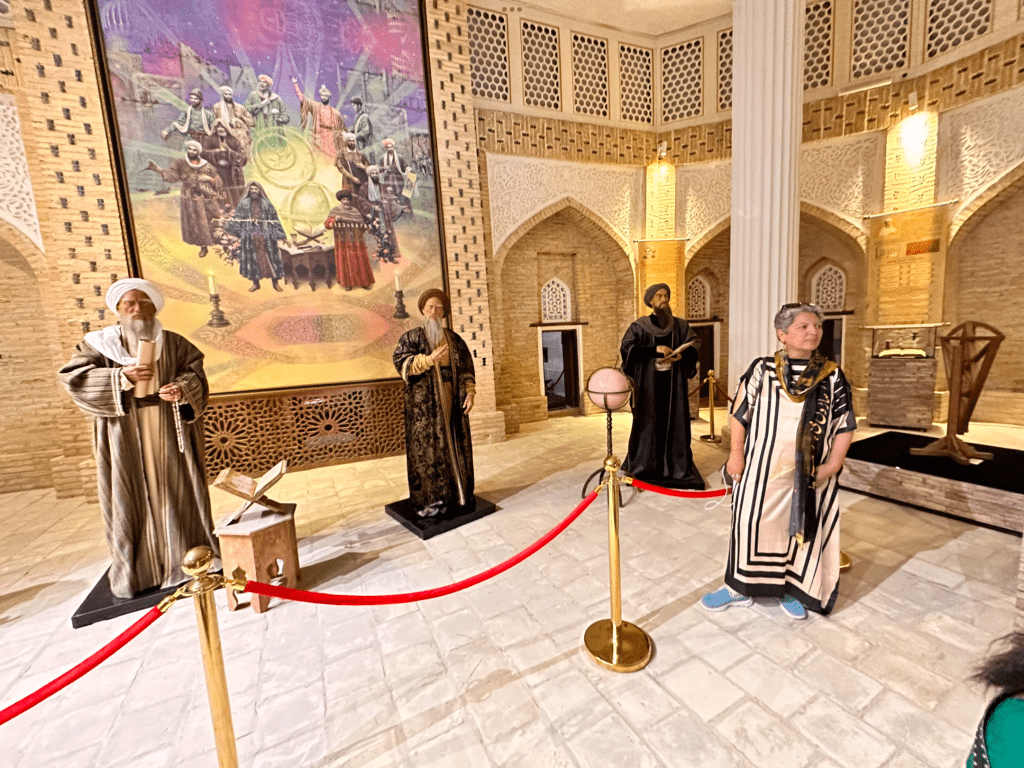A good time to describe the achiements and legacy of Abu Ali al-Husayn IBN SINA (980–1037), known to the west as Avicenna whose 1038th birth anniversary was yesterday, 7th August.
Thank you Jamal Jafri for the post on him.
When I visited Khiva in Uzbekistan, it was their Museum of Scholars that fascinated me.
I had already read ‘Lost Enlightenment’ by Frederick Starr so knew what to expect but even then it was beyond that. They have recreated rooms in which the models of these scholars and their works are displayed. Their books are displayed and it is pretty amazing.
The Age of Enlightenment in Central Asia connects antiquity to the Modern Age. This was centred around Afghanistan, Kazakhstan; Turkmenistan and Uzbekistan. They were Arab speaking polymaths who fuelled this age but they were not of Arab origin as commonly believed.
This was an age which produced polymaths where individual thinkers accumulated truly encyclopedic bodies of knowledge and then went on to make original contributions to as many as six or more different fields. There was no concept of discrete disciplines or specialities.
A major part of the work of these polymaths is lost to us or lies untranslated from Arabic or Persian, and we come to know of them through some quotes in later Latin books which used them as references.
Ibn Sina wrote over 400 books and treatises but only 240 survive in any form, of which only a fraction have been edited and published.
He was a “philosopher, theologian, polymath, and author of the Canon of Medicine, which remained for half a millennium the classic medical text throughout the Muslim world and Europe. The impact of his Book of Healing and Book of Deliverance on theology in the Muslim world and Christian Europe was equally powerful owing to his intricate affirmation of both reason and faith.”




